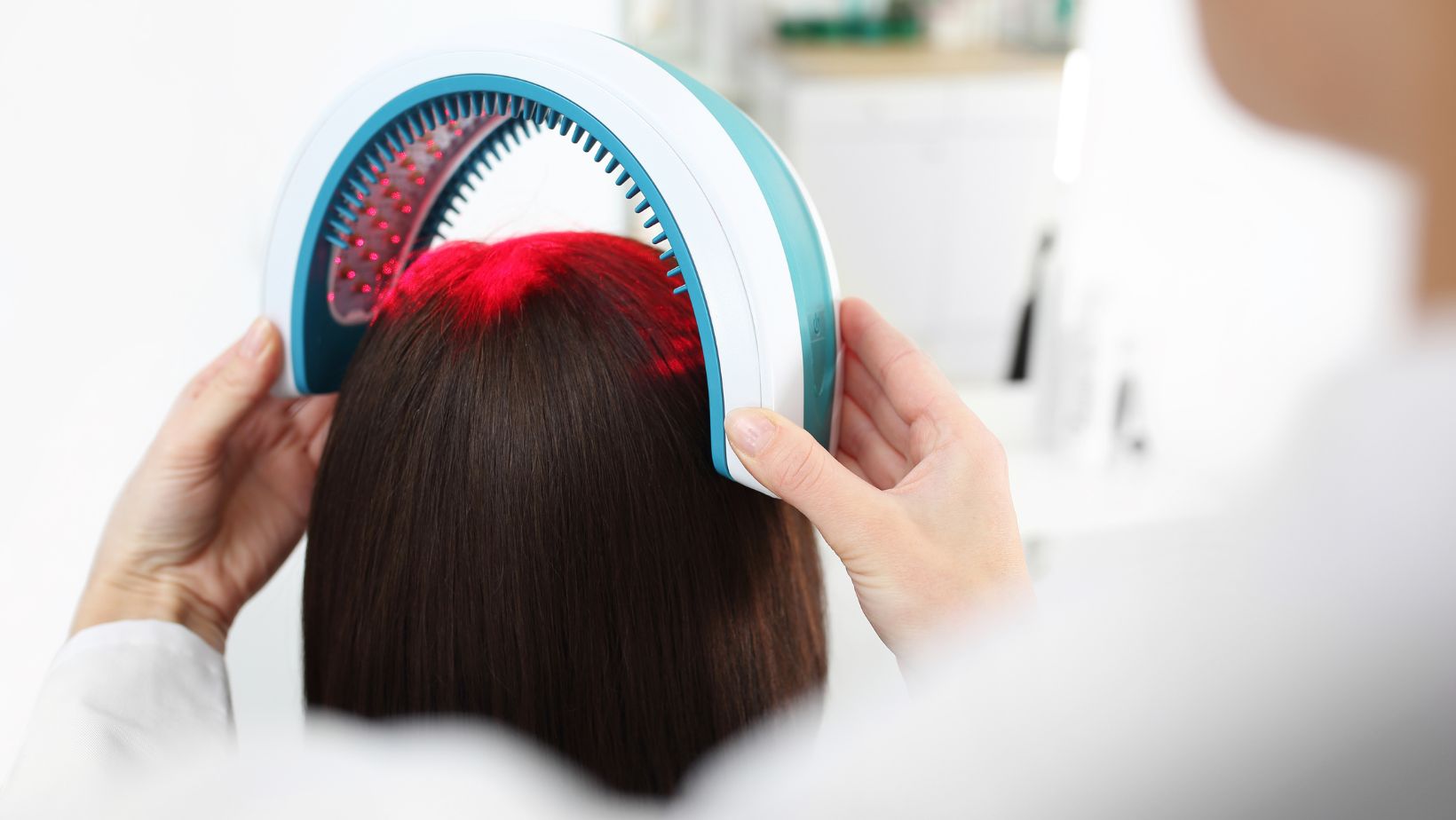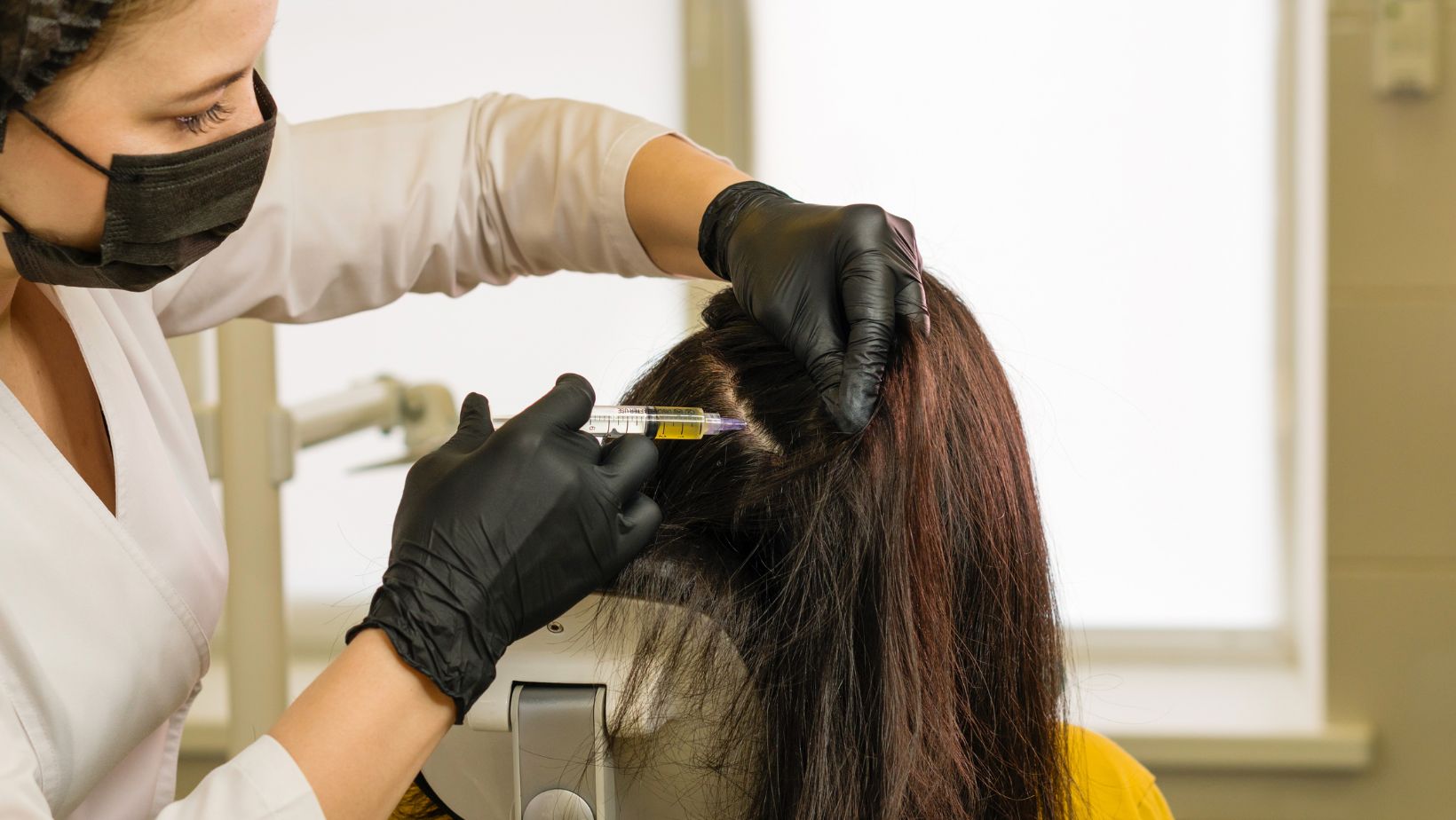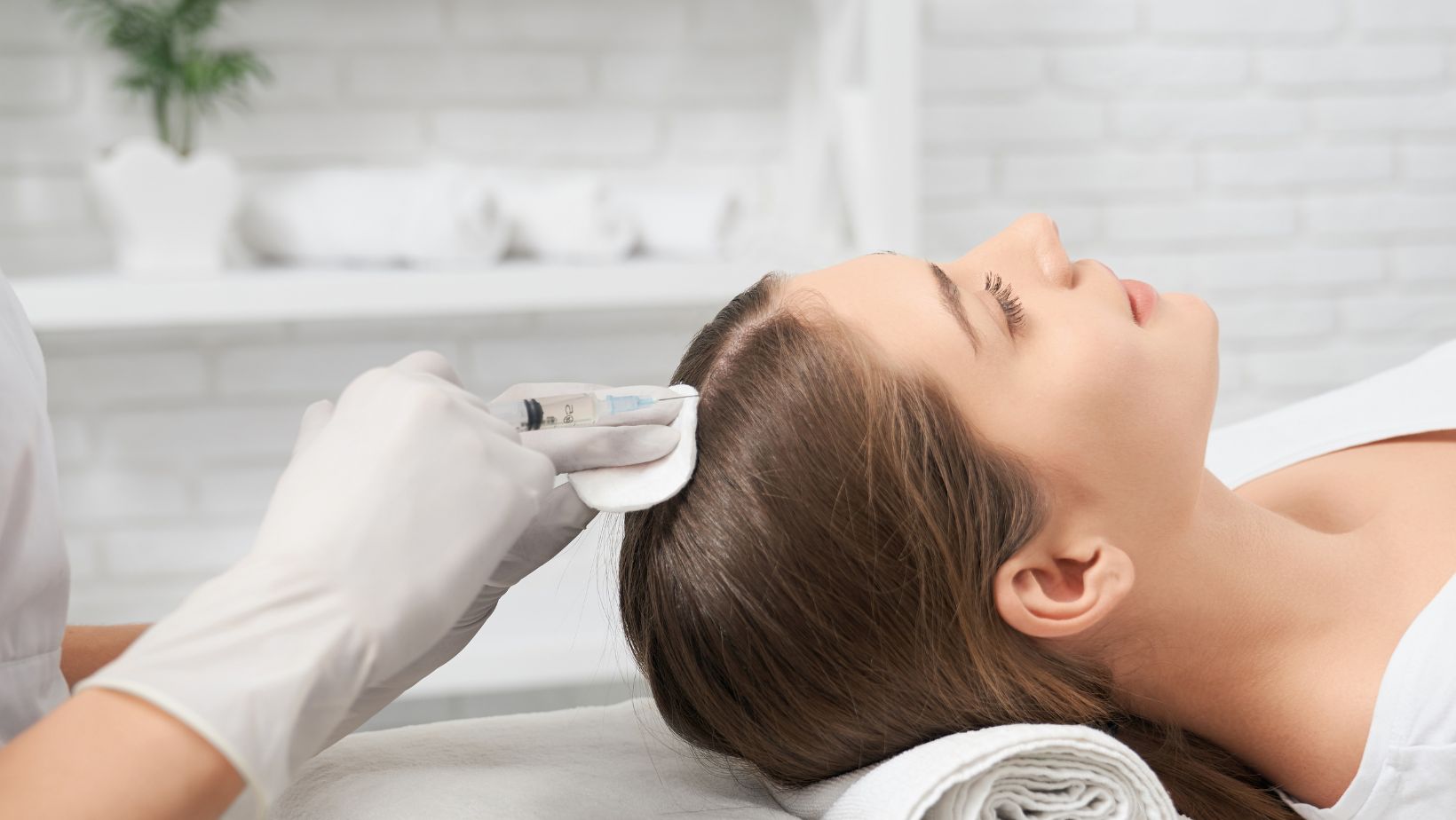It is no secret that many people desire a full head of hair, but not everyone is willing to undergo surgical procedures like a turkey hair transplant solution. While a hair transplant ensures a direct and significant result, it’s not necessarily the only way to restore one’s hair. There are many non-surgical options available for those who wish to explore other avenues. This article aims to shed light on these treatments, their process, and their potential efficacy.
Medications
Treatment methods such as over-the-counter medications or prescription drugs are one of the most common non-surgical alternatives to hair transplantation. A well-known example is Minoxidil, an FDA-approved topical treatment commonly known as Rogaine. It is applied directly to the scalp to stimulate hair follicles and prolong the growth phase of hair. While this treatment shows moderate success, patience is key, as noticeable results may not be evident until after at least six months of consistent usage.
Similarly, the prescription drug Finasteride, better known by the brand name Propecia, works by limiting DHT (dihydrotestosterone) production that can cause hair follicles to shrink. This pill-based treatment can yield positive results, but the persistence of side effects such as diminished sex drive in some men has led others to weigh the pros and cons before deciding.
Natural Remedies
For those who seek a more homeopathic approach, certain natural remedies can be effective alternatives. Known for their beneficial properties, Essential oils, particularly rosemary and peppermint, are touted to stimulate hair growth when applied to the scalp.

Also, the ingestion of supplements such as Biotin, Vitamin D, and Omega-3 fatty acids is believed to contribute positively to hair health.
It’s worth noting, however, that while natural treatments carry fewer side effects, results can be subtle and take longer to manifest. Given the limited clinical trials conducted, it’s essential to maintain realistic expectations if opting for this path.
Low-Level Laser Therapy (LLLT)
Low-Level Laser Therapy, or LLLT, is a non-invasive and painless procedure approved by the FDA for hair loss treatment. Using light energy directly to the scalp, it boosts cellular respiration and encourages hair growth. Multiple studies have found LLLT to be effective in increasing hair density. Moreover, since it’s non-invasive, it requires no downtime and carries minimal risk.
Platelet-Rich Plasma (PRP) Therapy
Lastly, Platelet-Rich Plasma Therapy is a method where the patient’s blood is extracted, processed, and injected back into the scalp.

Infusing the scalp with rich plasma encourages the growth of hair. As a treatment still under research, its long-term effectiveness is yet to be fully determined, but early results are promising.
As with any treatment, it’s important to consult with a healthcare professional or a hair loss specialist to discuss suitability, potential risks, and benefits.
In conclusion, surgical hair transplantation is not the only avenue available for hair restoration. With a range of medical treatments, natural remedies, and technologically advanced therapies, the journey to hair restoration has never been as versatile as it is today.
















